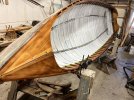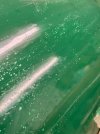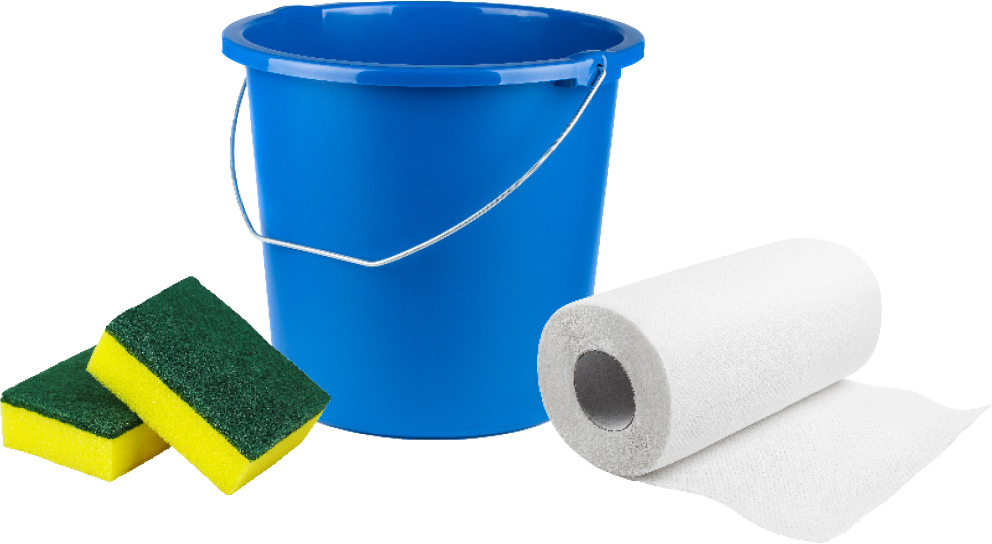Dave Osborn
LIFE MEMBER
I’ve glassed the hull of a strip built 1940ish Rhinelander rowboat. I washed the blush off and sanded it, tacked it, and applied a coat of paint. The paint was fairly recent, the glass and most of the sanding was in February in a warm workshop.
It is now seeping blush through the paint. There are a few reasons that can cause this, but it too late to beat that horse, I need to know how to fix it.
The second photo is what it looks like when I wiped it with thinner. The third photo shows the amber colored blush seeping from under the paint.
Anybody have any suggestions to remedy this?
It is now seeping blush through the paint. There are a few reasons that can cause this, but it too late to beat that horse, I need to know how to fix it.
The second photo is what it looks like when I wiped it with thinner. The third photo shows the amber colored blush seeping from under the paint.
Anybody have any suggestions to remedy this?




